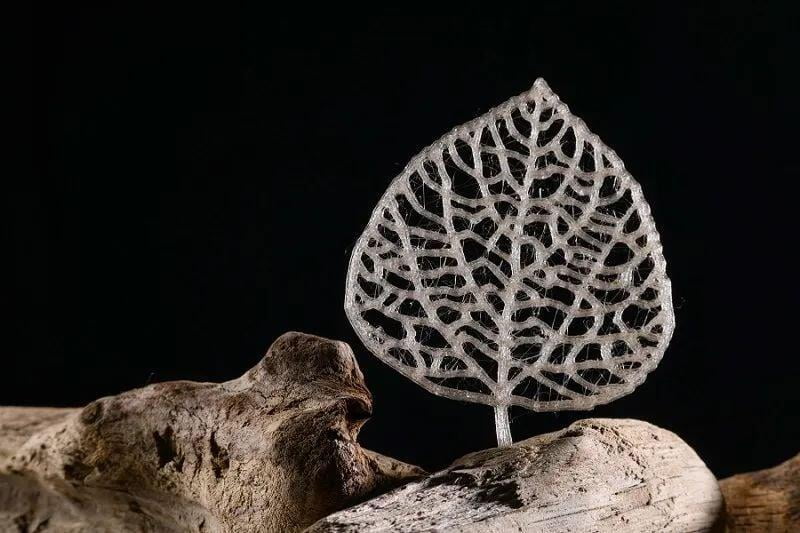1. India issued a plastic ban to limit single-use plastic products
The Indian government announced a total ban on the manufacture, storage, import, sale and use of numerous categories of single-use plastic products as of July 1.
2. Canada bans single-use plastic products, plans to ban exports by the end of 2025
Canada imposed a ban on single-use plastic products such as plastic bags and plastic lunch boxes. Canadian television network CTV reported that the ban was announced on June 20. In addition to plastic bags and plastic lunch boxes, the ban also covers single-use plastic cutlery, plastic straws, plastic stir sticks and plastic rings for six cans (a plastic product that holds drinks in place). The ban was previously planned to be implemented in 2021, but was postponed due to the impact of the new crown pneumonia outbreak. According to the report, the ban makes the time planning: the sale of the above six plastic products will be banned by the end of next year, and the export of the ban by the end of 2025.
3. Apple to phase out all plastic in packaging in 2025
At the 2022 ESG Global Leaders Summit, Yue Ge, Managing Director of Apple Greater China, gave a speech saying that Apple has already achieved carbon neutrality in its own operational emissions and is committed to achieving carbon neutrality throughout the product lifecycle by 2030. Ge Yue also said that Apple established the goal of eliminating all plastic in packaging by 2025, in the iPhone 13, has no longer used any plastic packaging components, in addition, the screen protector in the package also changed to be made of recycled fiber.

4. New PET-like plastic made from waste biomass
Recently, researchers led by Professor Jeremy Luterbach of the Institute of Basic Sciences at the Swiss Federal Institute of Technology in Lausanne have developed a biomass-derived plastic similar to PET (polyethylene terephthalate) that meets the criteria for replacing several existing plastics, while also being more environmentally friendly. With this simple technology, it is possible to convert up to 25% of agricultural waste or 95% of pure sugar into plastic. The all-around properties of the new plastics allow them to be used in a variety of applications, including packaging, textiles, pharmaceuticals, electronics and more. Researchers have made packaging films, fibers that can be spun into clothing or other textiles, and filaments for 3D printing.

3D printed "leaves" made from new bioplastics
5. New plant packaging preservation antibacterial degradable
Current plastic food packaging consumes large amounts of oil and is difficult to degrade. Scientists at Rutgers University in the United States have developed a biodegradable plant-based coating that is sprayed on food, which not only preserves freshness and extends the shelf life of food, but also comes with sterilization and impact protection. The related research was published in the journal Nature Food.
6. Study finds viruses survive in freshwater by "hitchhiking" on microplastics
The researchers found that the dangerous virus could remain infectious in fresh water for up to three days by "hitching a ride" on microplastics. Enteroviruses that cause diarrhea and upset stomachs, such as rotavirus, have been found to survive in water by attaching to microplastics. Researchers at the University of Stirling found that they are still contagious and pose a potential health risk. The lead researcher on the project, Professor Richard Quilliam from the University of Stirling, said, "We found that the viruses can attach to microplastics, which allows them to survive in water for three days, or even longer." A related research paper was published in the journal Environmental Pollution.


